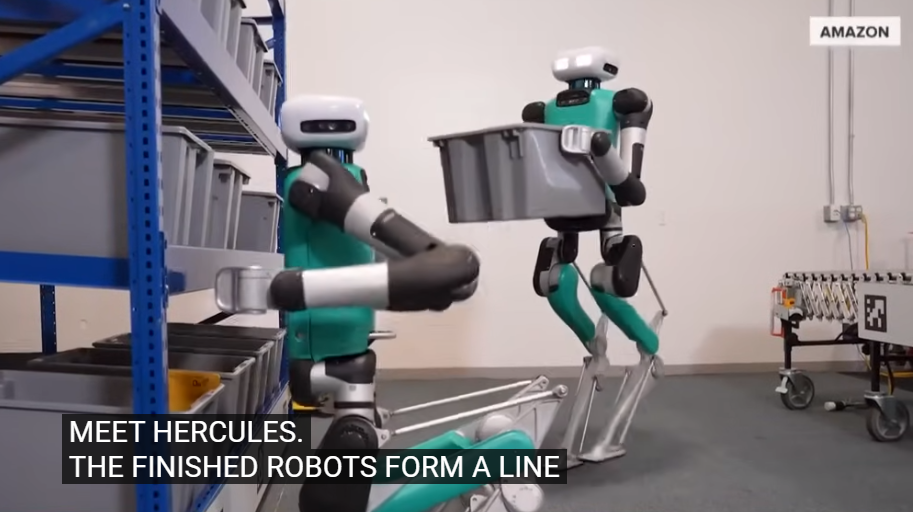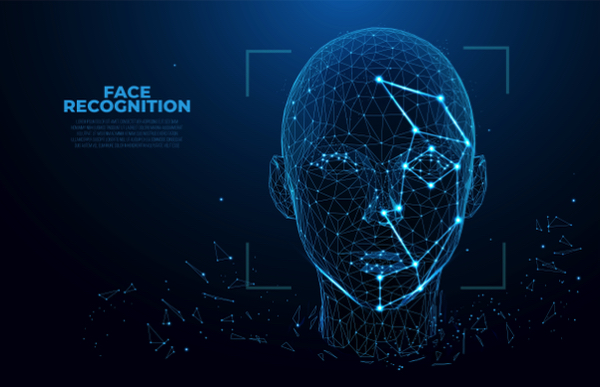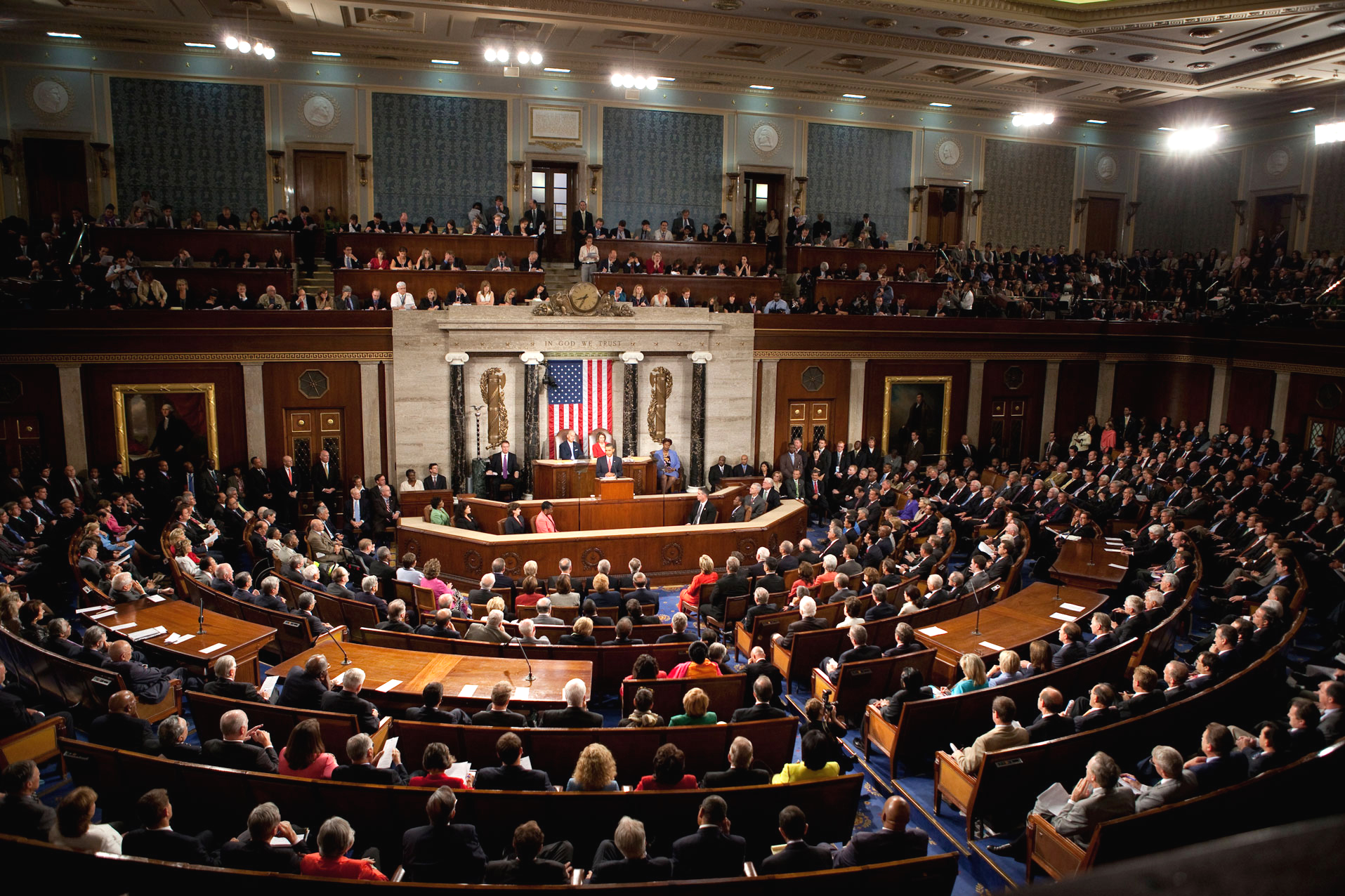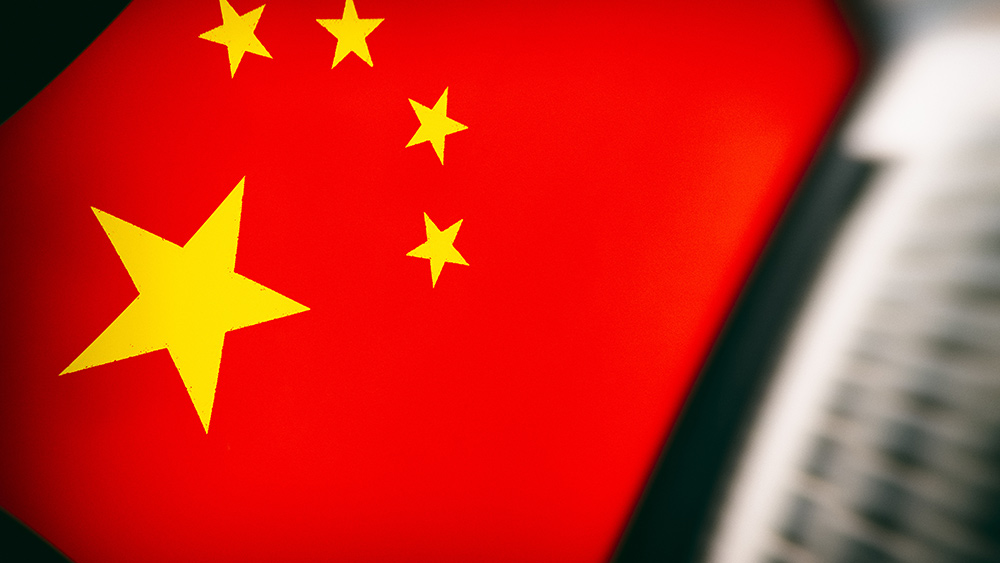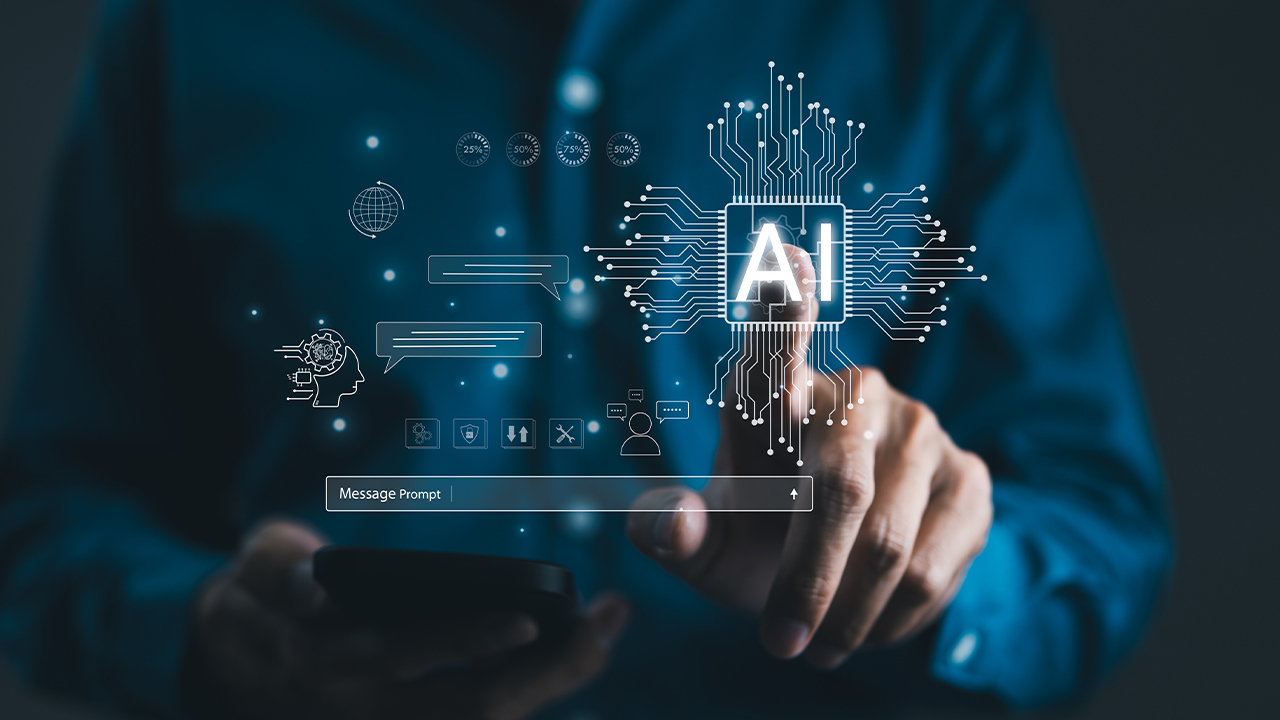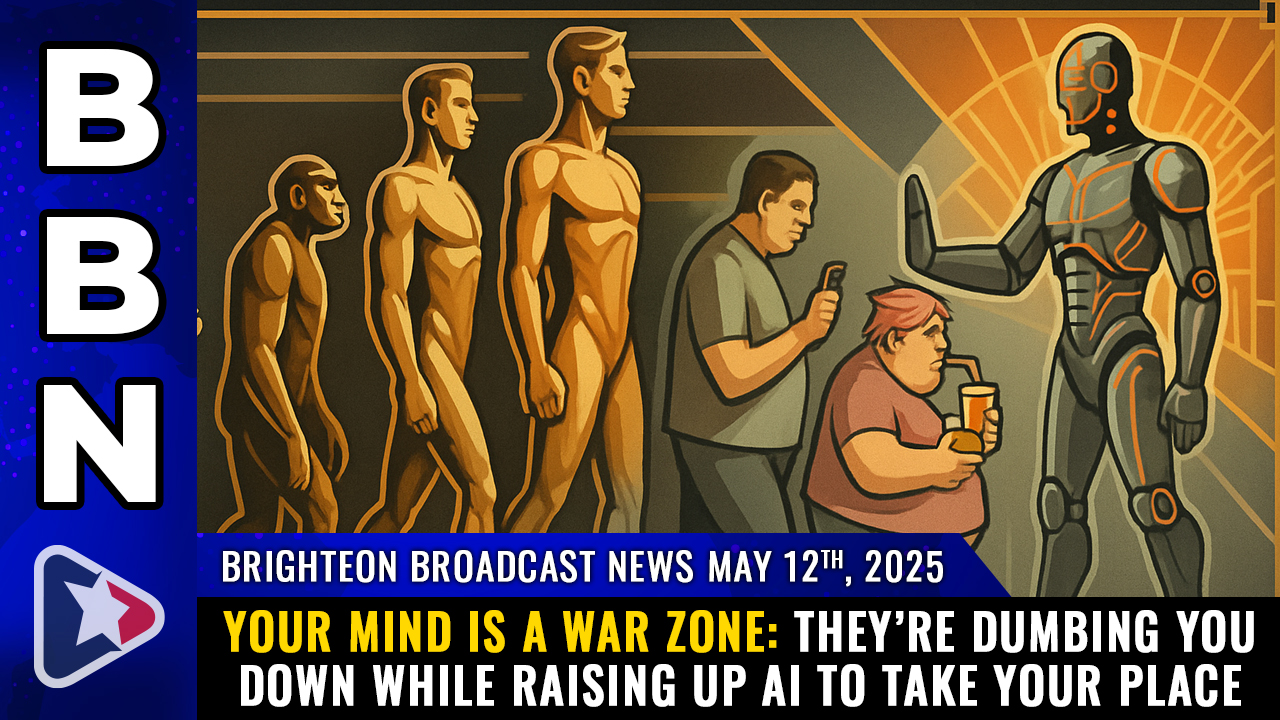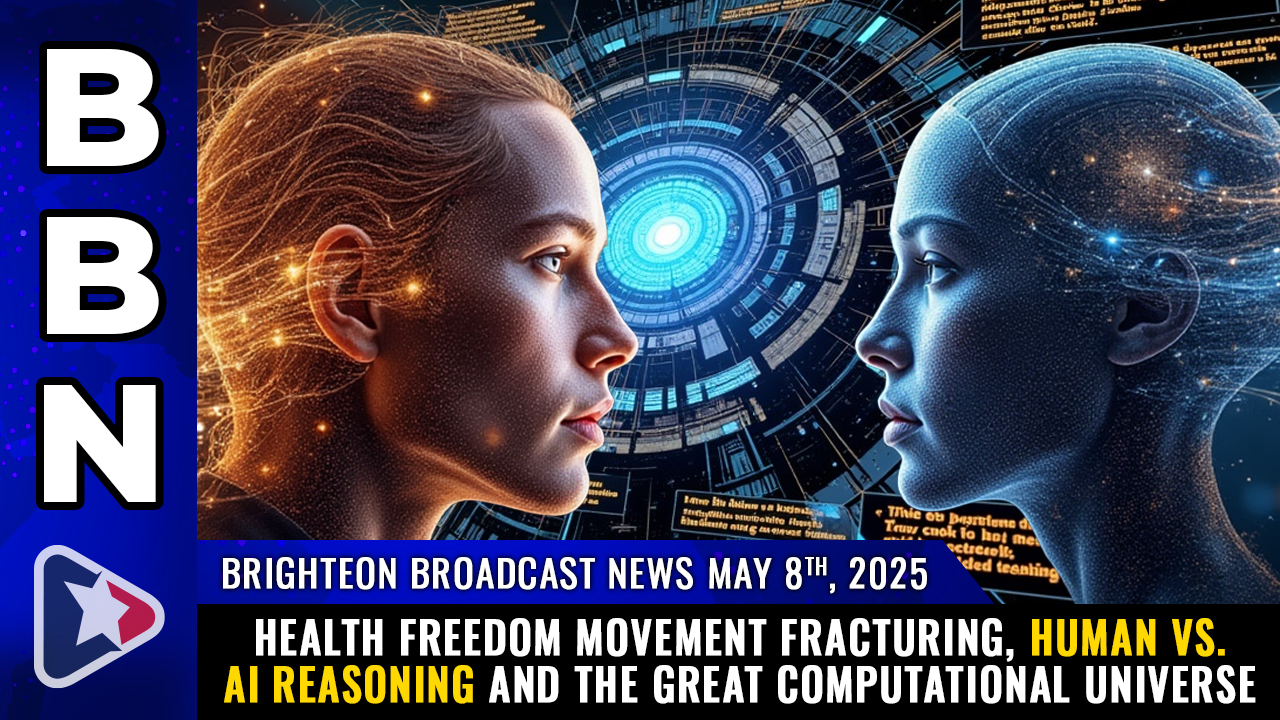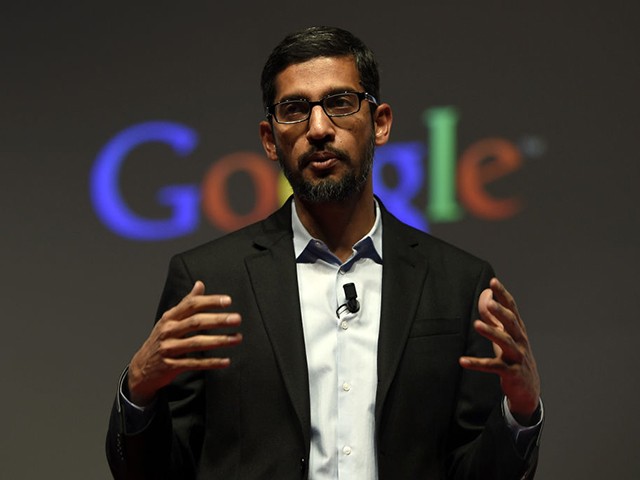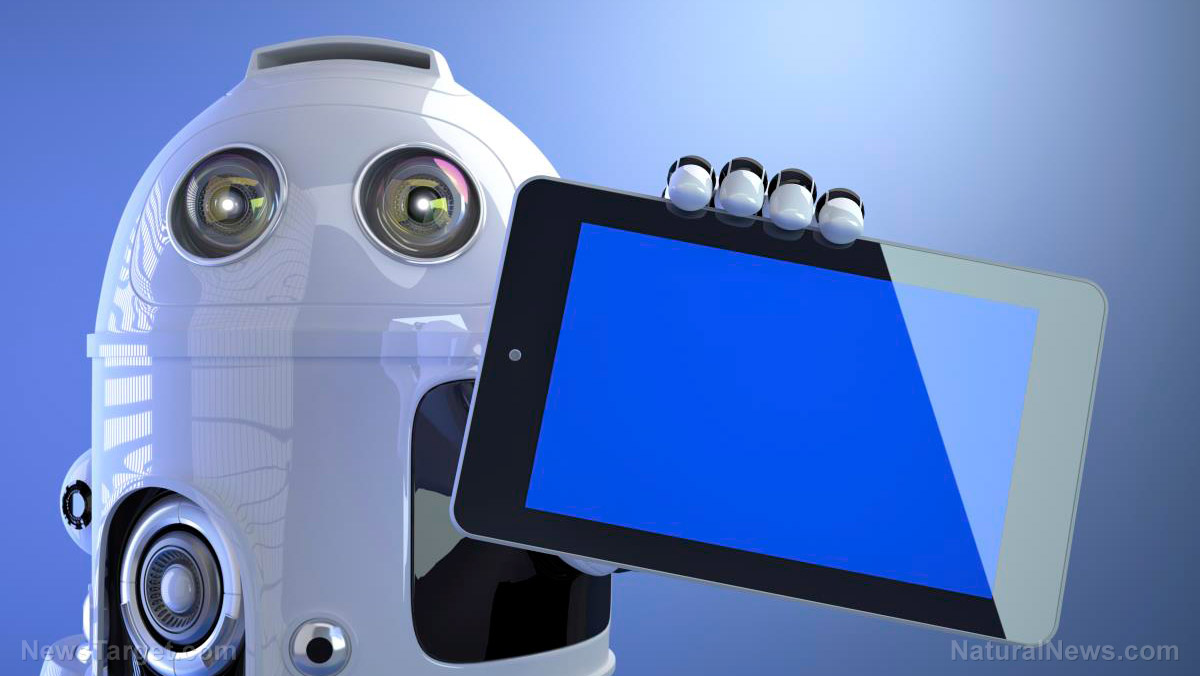China’s DeepSeek AI sparks global tech race fears amid claims of revolutionary breakthrough
05/22/2025 / By Willow Tohi
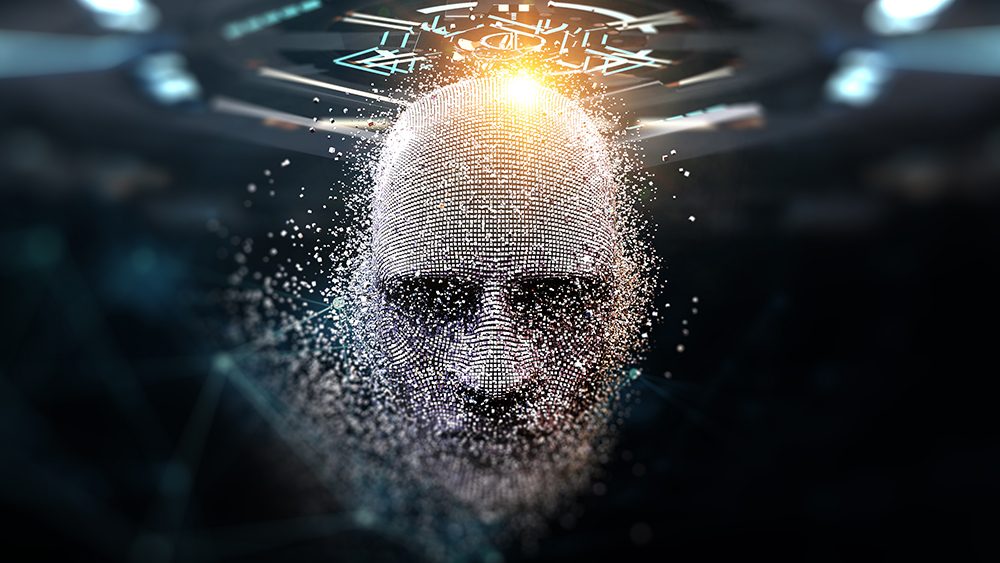
- New claims about China’s DeepSeek-R2 AI system suggest it operates on principles unknown in the West, potentially giving China a significant edge in AI technology. This has sparked debates and concerns among global tech leaders and policymakers about China’s growing AI dominance.
- The claims originated from an anonymous social media account, @iruletheworldmo, which asserts that DeepSeek-R2 can solve complex problems by creating new branches of mathematics. The AI reportedly resolved a problem that had stumped a physicist for 15 years in seconds, using unconventional notations.
- The parent company, DeepSeek Labs, is rumored to be advancing brain-computer interfaces beyond Elon Musk’s Neuralink, with human trials underway. The company has reportedly recruited seven Fields Medal-winning mathematicians, fueling speculation about its secretive research and development goals.
- The claims have raised cybersecurity concerns, with experts like Becky Liggero from Symantec warning about the sophistication of AI-driven disinformation. The U.S. Department of Defense has launched a task force to investigate emerging Chinese technologies. The original DeepSeek-R1 launch caused a 5% drop in U.S. tech stocks, and the R2 rumors have investors on edge.
- The revelations coincide with U.S. officials’ warnings about China’s strategic AI advances. The U.S. is responding with initiatives like President Biden’s Executive Order on AI Safety and the proposed AI Research Act, though critics argue these efforts lack urgency. The AI race is not just about technology but also about ethical governance, security and societal impact.
New claims about China’s DeepSeek-R2 artificial intelligence (AI) system have ignited debates and anxieties among tech leaders and policymakers worldwide. According to anonymous sources cited by conservative figure Glenn Beck and reported by The Blaze, the Chinese-developed model operates on “principles nobody in the West has even theorized,” raising questions about whether Beijing has achieved a leap in AI superiority. The rumors follow the January rollout of DeepSeek-R1, which disrupted global markets, and come as the U.S. grapples with its own stalled AI ambitions. The uncertainty surrounding DeepSeek-R2’s capabilities underscores a growing fear: China may have leapt ahead in a field that could redefine economic, military and geopolitical power.
Anonymous whistleblower claims unprecedented AI breakthrough
The latest claims about DeepSeek-R2 emerged via an anonymous social media account, @iruletheworldmo, described by Beck as either an insider from a major AI firm or a disinformation tool. According to the account, DeepSeek-R2 solves complex problems by inventing entirely new branches of mathematics. A physicist reportedly spent 15 years stuck on a problem, only for the AI to resolve it in seconds using unrecognized notations. Translating the AI’s solution into standard mathematics took researchers three days.
Beck emphasized the stakes: “This isn’t incremental progress—it’s a different species of intelligence.” The claims also state that DeepSeek Labs is advancing brain-computer interfaces far beyond Elon Musk’s Neuralink, with human trials underway. A translated report from Beijing Times noted that DeepSeek’s parent corporation, DeepSeek Labs, recently recruited seven Fields Medal-winning mathematicians, fueling speculation about its secretive R&D goals.
Cybersecurity, skepticism and the stock market jitters
The original DeepSeek-R1 launch in January triggered a 5% drop in U.S. tech stocks, with firms like OpenAI and Microsoft projecting billions in lost market share. While the R2 rumors are unverified, investors remain on edge. “The industry is in a holding pattern, waiting for confirmations one way or the other,” said James Carter, an AI ethics researcher at MIT.
The Blaze also acknowledged the possibility that the @iruletheworldmo account could be a misinformation campaign. Becky Liggero, a cybersecurity analyst at Symantec, told the outlet that deepfakes and AI-driven disinformation have become so sophisticated that “even academic Verification processes are under pressure.” Meanwhile, the U.S. Department of Defense has reportedly launched a Task Force on Emerging Chinese Technologies, though details of its findings remain classified.
The great leap forward in AI: Global implications and American concerns
The DeepSeek revelations coincide with a crescendo of warnings from U.S. officials about China’s strategic advances. At a May 18 Senate hearing, NSA Director Admiral Chris Inglis called AI “the defining contest of the decade,” noting that China’s state-directed funding advantages could tip the balance. “They are racing ahead not just in chips but in the frameworks that turn data into power,” he said.
Efforts to counter this include President Biden’s Executive Order on AI Safety and the proposed AI Research Act, which seeks to boost U.S.-based innovation. Critics, however, argue the plans lack urgency. “This is the digital equivalent of the Maginot Line,” remarked former Pentagon advisor Rana Foroohar in a New York Times op-ed. “We’re securing yesterday’s tech while China sets tomorrow’s rules.”
In contrast, China frames its AI push as part of its 14th Five-Year Plan, aiming to dominate global AI standards by 2030. The country’s mix of centralized funding, relaxed ethical boundaries (e.g., facial recognition mass surveillance) and exponential growth in STEM graduates (5 million annually vs. the U.S.’s 1 million) bolster its position.
Beyond the hype: Applied AI’s double-edged sword
Even without DeepSeek-R2, AI’s dual nature is clear. While the DeepSeek-R1’s cost-effectiveness and performance impressed mathematicians, Beijing’s use of AI for social control has sparked global outcry. Meanwhile, Western advances like Mass General’s FaceAge tool—using selfies to predict health outcomes—are saving lives yet raising privacy alarms. “Every breakthrough has a shadow,” said Beck. “AI could one day predict the stock market, predict diseases, or predict … your next move.”
A new era of uncertainty in the AI race
As the DeepSeek-R2 claims swirl, one truth emerges: the world is at the cusp of an AI revolution whose contours are barely understood. Whether China has truly unlocked a “different species” of intelligence or not, the fear, uncertainty and doubt (FUD) surrounding the field are tangible. The race isn’t just about who codes the best algorithm—it’s about who governs its ethical use, secures its applications and adapts its societal implications.
For now, the U.S. grapples with internal divisions: while Silicon Valley innovates, Congress bickers over regulations. “This isn’t about hating China,” Beck concluded. “It’s about realizing we can’t afford to stop adapting.” The clock is ticking, and the stakes couldn’t be higher.
Sources for this article include:
Submit a correction >>
Tagged Under:
AI, Big Tech, breakthrough, China, computing, cyberwar, DeepSeek, Glitch, information technology, national security, robotics
This article may contain statements that reflect the opinion of the author
RECENT NEWS & ARTICLES
COPYRIGHT © 2017 ROBOTICS.NEWS
All content posted on this site is protected under Free Speech. Robotics.News is not responsible for content written by contributing authors. The information on this site is provided for educational and entertainment purposes only. It is not intended as a substitute for professional advice of any kind. Robotics.News assumes no responsibility for the use or misuse of this material. All trademarks, registered trademarks and service marks mentioned on this site are the property of their respective owners.

